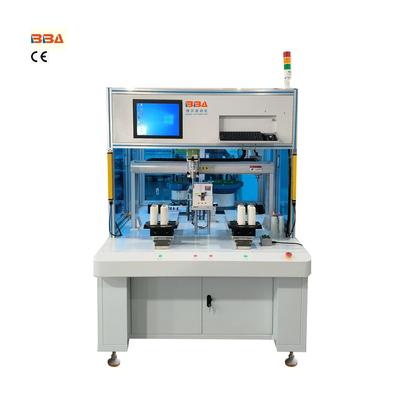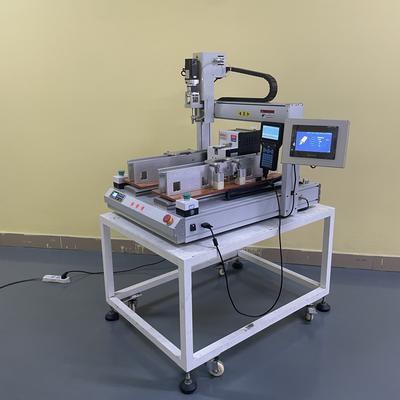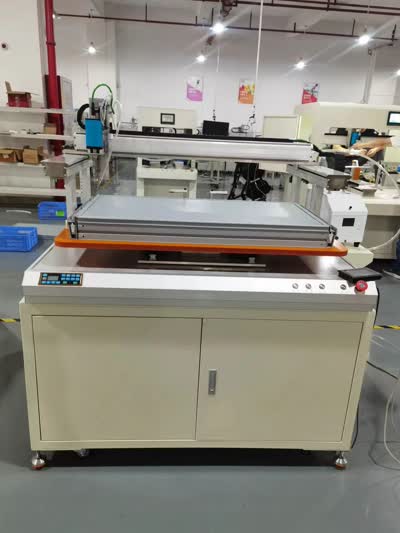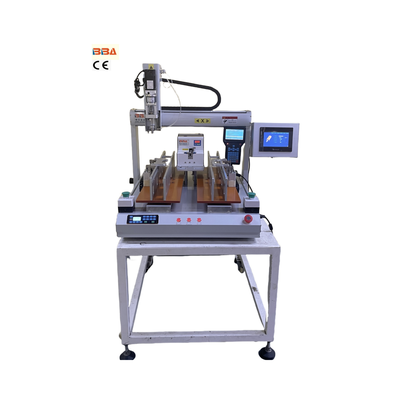Manual vs Robotic Screw Driving: Efficiency Comparison in Industrial Automation
In the world of industrial automation, efficiency and precision are paramount. One of the critical processes in manufacturing is screw driving, which can be performed manually or using robotic systems. The debate between manual and robotic screw driving often centers around efficiency, cost, and adaptability. Which method is more efficient? Let’s explore the pros and cons of each approach.
Manual Screw Driving: The Traditional Approach
Manual screw driving is the conventional method where operators use handheld tools like screwdrivers or electric screw guns to fasten screws. This method has been the backbone of assembly lines for decades due to its simplicity and low initial investment.
Advantages of Manual Screw Driving
- Flexibility: Operators can easily adapt to different screw sizes and materials without reprogramming tools.
- Low Initial Cost: Manual tools are inexpensive compared to robotic systems, making them accessible for small-scale operations.
- Human Judgment: Workers can detect issues like cross-threading or misalignment in real-time.
Disadvantages of Manual Screw Driving
- Inconsistent Speed: Human operators vary in speed, leading to productivity fluctuations.
- Fatigue and Errors: Manual labor can result in repetitive strain injuries and increased error rates over time.
- Limited Scalability: Scaling up production often requires hiring more workers, increasing costs.
Robotic Screw Driving: The Future of Precision
Robotic screw driving involves automated systems equipped with precision screwdrivers, controlled by programmable logic. These systems are increasingly popular in high-volume manufacturing due to their reliability and efficiency.
Advantages of Robotic Screw Driving
- Consistent Speed and Accuracy: Robots deliver uniform performance, reducing variability in production lines.
- Higher Throughput: Automated systems can operate 24/7 without breaks, significantly boosting productivity.
- Reduced Labor Costs: Fewer human operators are needed, lowering long-term operational expenses.
Disadvantages of Robotic Screw Driving
- High Initial Investment: Robotic systems require significant upfront costs for equipment and programming.
- Limited Adaptability: Changing screw types or configurations may require reprogramming, adding downtime.
- Maintenance Complexity: Automated systems need regular upkeep and technical expertise.
Which Is More Efficient?
The answer depends on the specific needs of your operation. For small-scale or custom manufacturing, manual screw driving offers affordability and adaptability. However, for high-volume, repetitive tasks, robotic screw driving delivers unmatched efficiency, consistency, and cost savings over time.
As technology advances, hybrid solutions combining human oversight with robotic precision are emerging, providing the best of both worlds. Evaluating your production requirements will help determine the most efficient screw driving method for your business.

| Product Name | Applicable industries |
| Screw Fastening Unit | Automotive Electronics Assembly |


